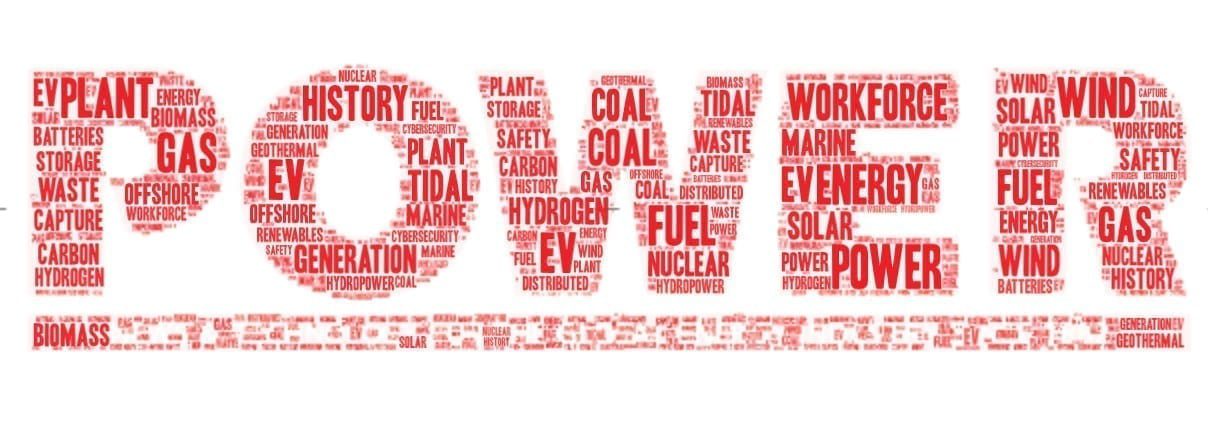From POWER’s New Editors’ Studio: Business Trends Driving Opportunities, Challenges

At the Experience POWER conference, held in San Antonio, Texas, this week, POWER's editorial team conducted several live interviews with industry leaders at its new Editors' Studio. Here's a recap of what you might have missed.
Executive Editor Aaron Larson talked to Paul Browning, president and CEO of Mitsubishi Power Americas (a company that sponsored the new video offering), about some of the most significant opportunities and challenges for the energy transition.
Browning spoke about how his company is leveraging energy storage of all durations to boost decarbonization. If we're going to transition away from fossil fuels, which are stored energy, and toward renewables, which are instantaneous energy, we have to come up with these short and long-duration storage solutions," he said.
Browning, who also participated in a panel about hydrogen power's prospects at POWER's new HydrogeNext event, which was co-located with Experience POWER in San Antonio, outlined Mitsubishi Power's current hydrogen-related projects. These include the company's installation of hydrogen-capable gas turbines at Intermountain Power Project's Delta, Utah, facility. That project will integrate the Advanced Clean Energy Storage project nearby, which will use 220 MW of electrolysis above ground to convert renewable power into green hydrogen and store it in salt caverns.
Senior Associate Editor Darrell Proctor, also content director of the Distributed Energy Conference, an event co-located at Experience POWER this week, spoke to J.T. Thompson, vice president of Enterprise Accounts at Generac Grid Services. That entity is part of ENBALA Power Networks, a firm that operates a state-of-the-art smart grid network that pays industrial, commercial, and municipal electricity users to deliver intelligent demand-side grid balance to their regional electricity systems. Thompson noted Generac sees a convergence of an increase in demand for products-with everything from the home standby generators to the batteries, to even the [commercial and industrial (C&I)] heavy generator sets," and an influx of distributed energy resources (DERs). Generac's mission, he said, is to provide technology- and vendor-agnostic services that take these assets and allow them to be harnessed and to be able to participate in grid services for the utility and even wholesale markets."
Senior Associate Editor Sonal Patel spoke to Julia Hamm, president and CEO of the Smart Electric Power Alliance (SEPA), a public-private coalition of the biggest players in the U.S. power space that is dedicated to helping electric power stakeholders address the most pressing issues they encounter as they pursue the transition to a clean and modern electric future and a carbon-free energy system by 2050. Hamm, who delivered the opening keynote speech at Experience POWER on Tuesday, in her interview outlined the changing paradigm for utility business models given the multiple opportunities and challenges posed by decarbonization, decentralization, and digitalization.
SEPA generally envisions three buckets" of activity that highlight utility and industry concerns. The first is around regulatory and business innovation. The second is around grid integration, and the third is electrification," Hamm said. A key takeaway is that the utility business model really needs to continuously evolve and have opportunities to provide new products and services to customers," she said. And that means that regulators also need to be able to innovate within their own space. They need to think about how they do things differently. They need to evolve the tools that they're using, to assess the projects and programs that the utilities are proposing."
View all the Editors' Studio interviews on YouTube here: https://www.youtube.com/channel/UCCaqdczVtgu8UtmuScsY9zQ
-POWER staff
The post From POWER's New Editors' Studio: Business Trends Driving Opportunities, Challenges appeared first on POWER Magazine.